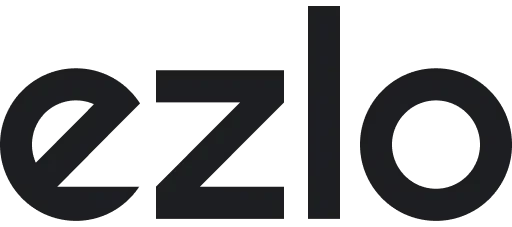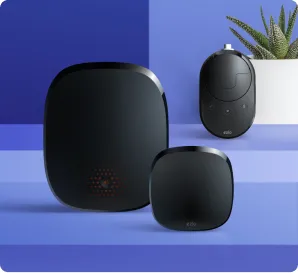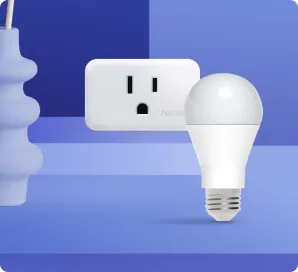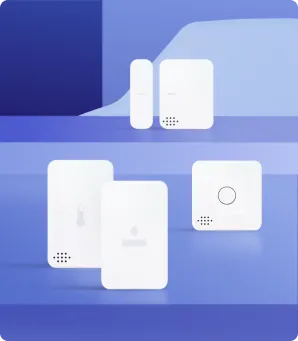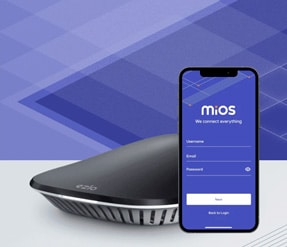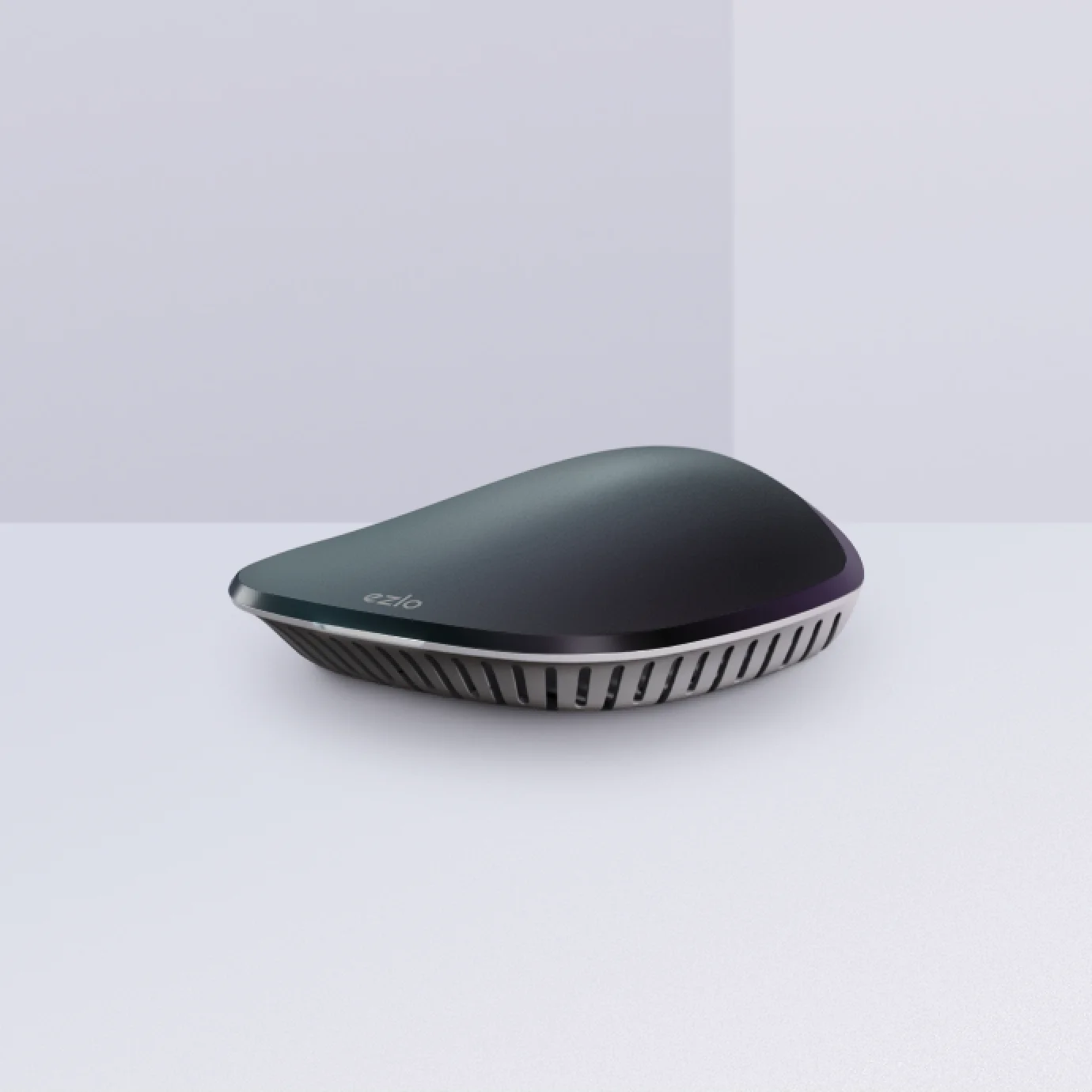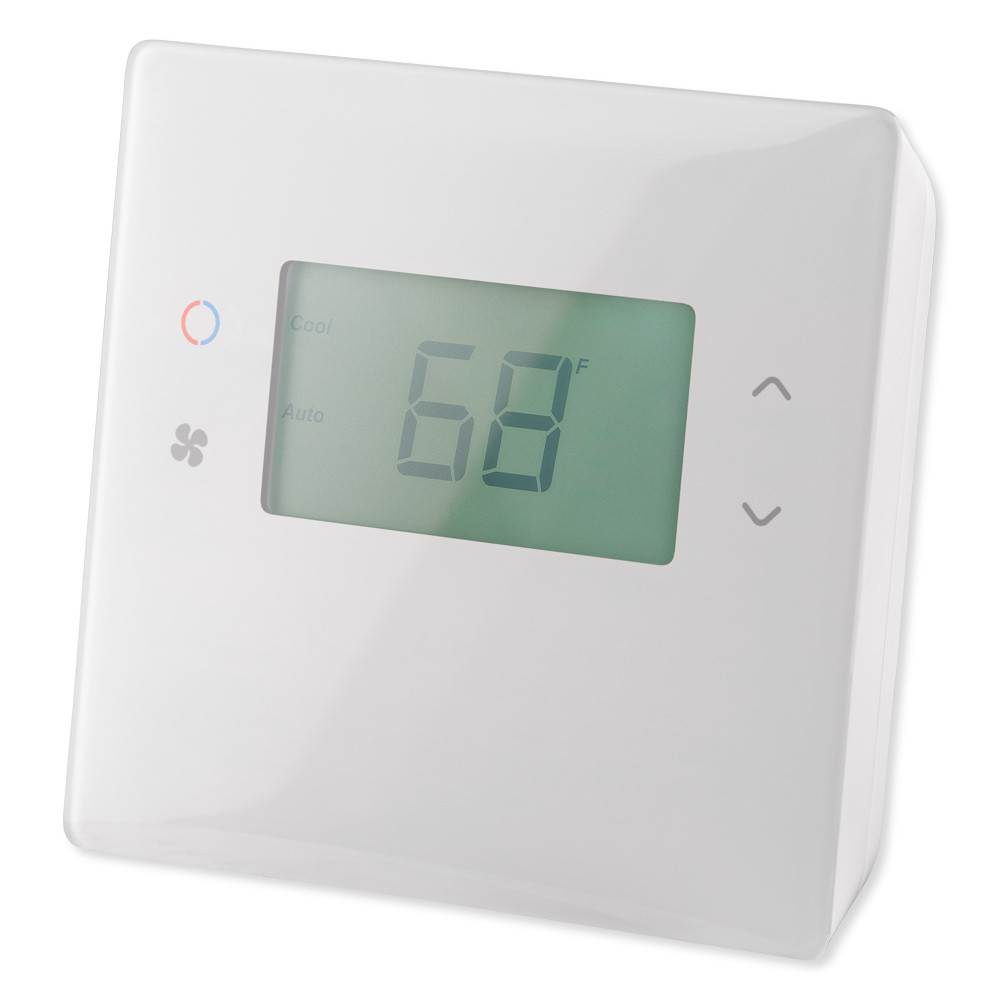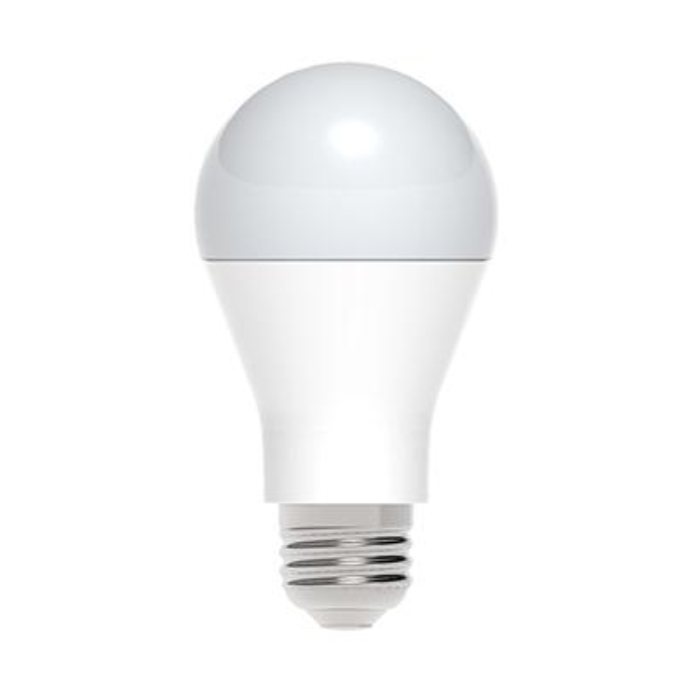Smart Home Definition
Smart home technology completely changed people’s perception of a home. It completely revolutionized the idea of a home. For this reason, we need to have a new ordinary home definition and a smart home definition.
What sets a smart home apart from the ordinary home? Read on to discover a smart home definition and overview.
Smart Devices in the Smart Home Definition
Smart devices are the primary factors that make up the smart home definition. These devices are only found in smart homes. Thus, these devices are not the appliances and tools traditionally associated with homes.
When we think of home, we usually think of other appliances and tools associated with it. These appliances and tools include the television, refrigerator, mechanical locks, and so on. But, smart homes have other things that they have but are not found in an ordinary home.
1. Smart Locks in the Smart Home Definition. One of the devices that make up a smart home is the smart lock. Smart locks are an essential part of smart home technology. They are a step up to the ordinary mechanical door lock.
Smart locks can stand without a physical key. They could be locked or unlocked with a passcode or remote control.
2. Security Cameras in the Smart Home Definition. Security cameras are one of the most familiar devices in a smart home. They are a valuable piece of smart home technology. They serve as eyes around your home when you are away.
3. Motion Sensors in the Smart Home Definition. Motion sensors have essential use both in smart home security and home automation. They detect and alarm you about unrecognized movements. Motion sensors could also be integrated into other smart devices. In such a setup, the motion sensor turns devices on as it detects your movement.
4. Smart Lights in the Smart Home Definition. Smart lights are a step up to your ordinary light bulb. Smart lights can be turned on and off using a remote control with a motion sensor.
Some smart lights nowadays come with an application. The app will turn your smartphone into a remote control. You can use the app to turn the lights off or on.
5. Smart Thermostat in the Smart Home Definition. Smart thermostats are important additions to smart homes. This is true, especially with homes struggling with cold weather.
Smart thermostats give more precise readings than ordinary thermostats. Some models even let you adjust the heat inside your home using an app. This would allow you to heat your home as you come from the cold outdoors.
6. Remote Control in the Smart Home Definition. Remote controls are also among the technologies that make up a smart home. It allows homeowners to remotely control their smart devices even without making a single step.
Remote control technology can come in various forms. Some come with an actual device dedicated solely to remote control. While in some setups, smartphones are used as remote controls.
7. Protocol in the Smart Home Definition. Wireless protocols are the technology that connects all the smart devices in a smart home. Bluetooth, Z-Wave, and Wi-Fi are some examples of protocols. Without protocols, the smart home would not be one coherent system.
8. Alarms in the Smart Home Definition. Alarms-enabling devices such as sirens are an indispensable part of smart home security. Sirens alert homeowners and even neighbors of any threat that the smart security devices detect. This would allow homeowners to take immediate action whenever threats are detected.
Ordinary Home and Smart Home Definition and Meaning
Smart devices draw the line that distinguishes smart homes from ordinary ones. These devices are essentials of a smart home, but almost non-existent to an ordinary home.
To elaborate on this, a comparison is made between the smart home and the ordinary home below.
1. Remote Control vs. Manual in the Smart Home Definition. In smart homes, virtually every smart device or appliance can be controlled remotely. This is possible in locks, thermostats, lights, cameras, and many other smart devices. But, in traditional homes, everything is manually controlled.
For instance, smart home lights can be controlled using an application. In ordinary homes, though, the lights should be manually switched on or off using the wall-mounted switch.
2. Keyless vs. Key-Operated in the Smart Home Definition. While there are smart locks that still allow keyed access, most models do not allow keyed access. The key, in these models, is replaced with a passcode or remote unlocking. Almost every smart lock could function even without the physical key.
But, in ordinary homes, a mechanical lock is still the norm. The mechanical lock will not lock and unlock without the physical key. So, you cannot do anything once you have lost the key.
3. Bare Senses vs. Sensors in the Smart Home Definition. In traditional homes, only the bare senses of the homeowners serve as sensors. Heat is measured by how the person’s body reacts to it. Smoke is measured by smell or sight. Motion is sensed using the eyes.
But, the bare senses could be proven to be useless in some cases. For instance, carbon monoxide is an odorless and colorless gas. It is also deadly for humans. A person would have been poisoned by carbon monoxide before he or she could even detect it.
But, smart homes have a safer alternative for detecting carbon dioxide. And, that is with a carbon monoxide detector that alarms when it detects poisonous gas.
Smart Home Definition — Final Notes
By comparing the ordinary home to the smart home, people could tell the great distinction between the two. Yet they are the same: smart homes are just ordinary homes but automated. And, ordinary homes are smart homes without automation.
With or without automation, it is still the home where people find peace. But, home automation enforces that peace with modern technology and innovation.
